Recent research results in fabricating thermal management devices using 3D printing methods are reviewed.
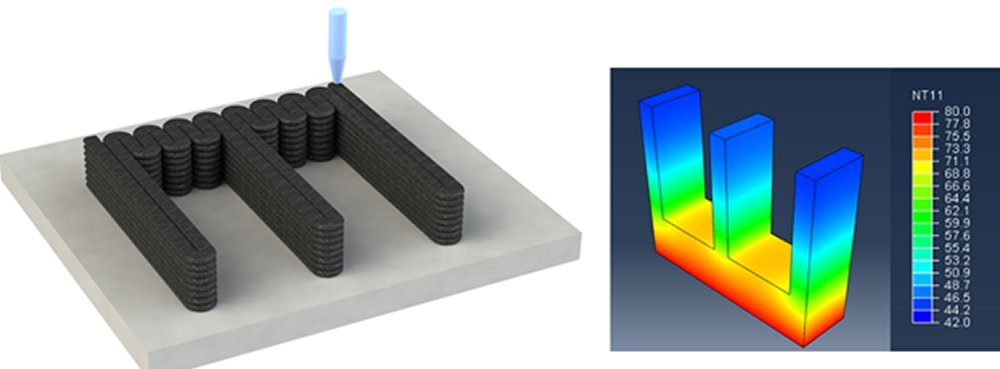

Recent research results in fabricating thermal management devices using 3D printing methods are reviewed.

Massachusetts Institute of Technology (MIT) researchers introduce a new 3D printing strategy that overcomes the limitations of direct ink writing. Structures can be printed in six different modes, and can even be printed to have different kinetic properties.

Researchers from MIT present a strategy to increase printing resolution beyond the nozzle size, while drawing diverse complex patterns with a linear nozzle path.
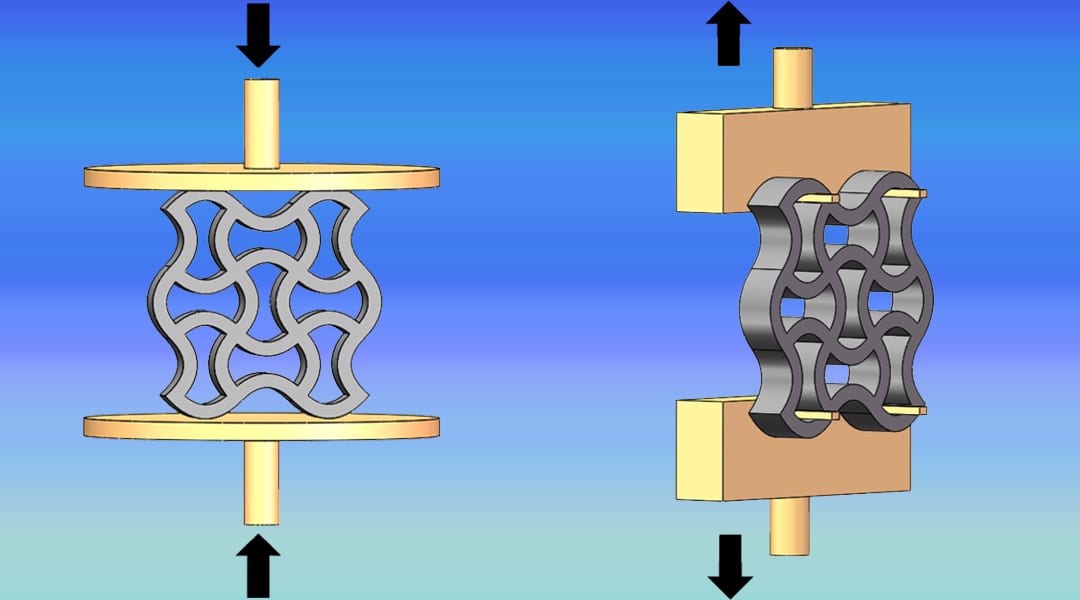
Control over macro- and microstructures, density, conductivity, and Poisson ratio is enabled by this new combined metallic aerogel production technique.
Researchers achieved 3D printing of flexible silicone rubber structures through combining water with solid and liquid forms of silicone into a pasty ink.

Complex multi-material tactile sensors can be printed in situ; a new route toward the biointegration of various sensors in wearable electronics.
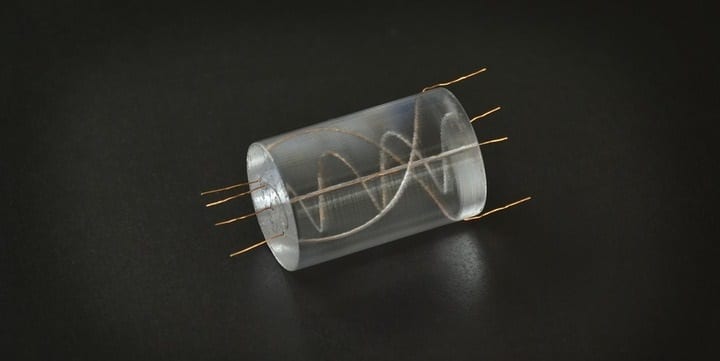
The UK based AMRC developed a hybrid 3D printing process that allows electrical, optical and structural elements to be introduced.
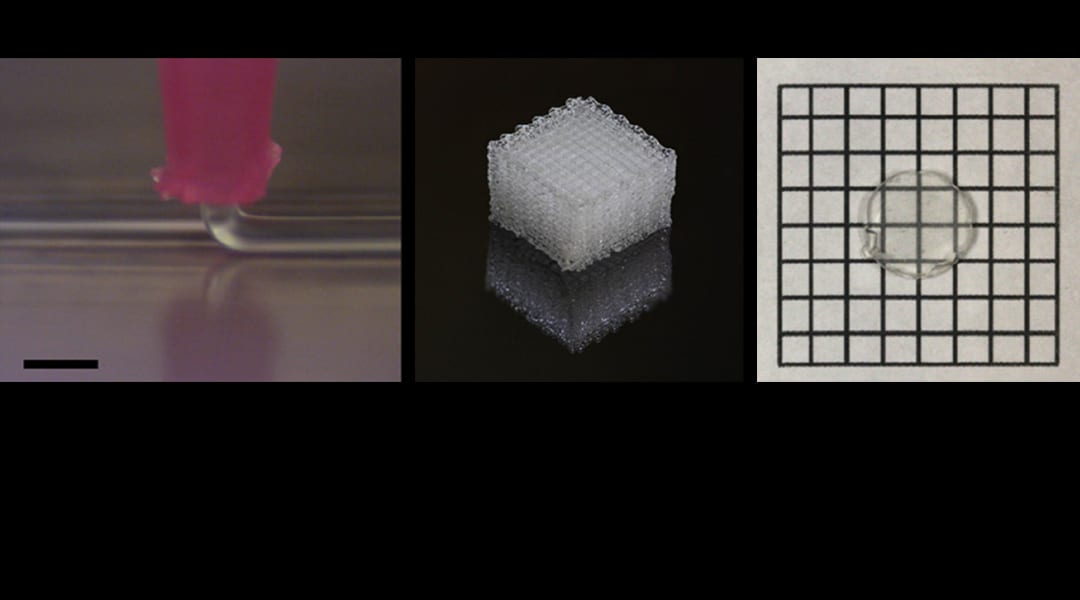
3D printing technology enables a mold-free formation of freeform transparent glass.
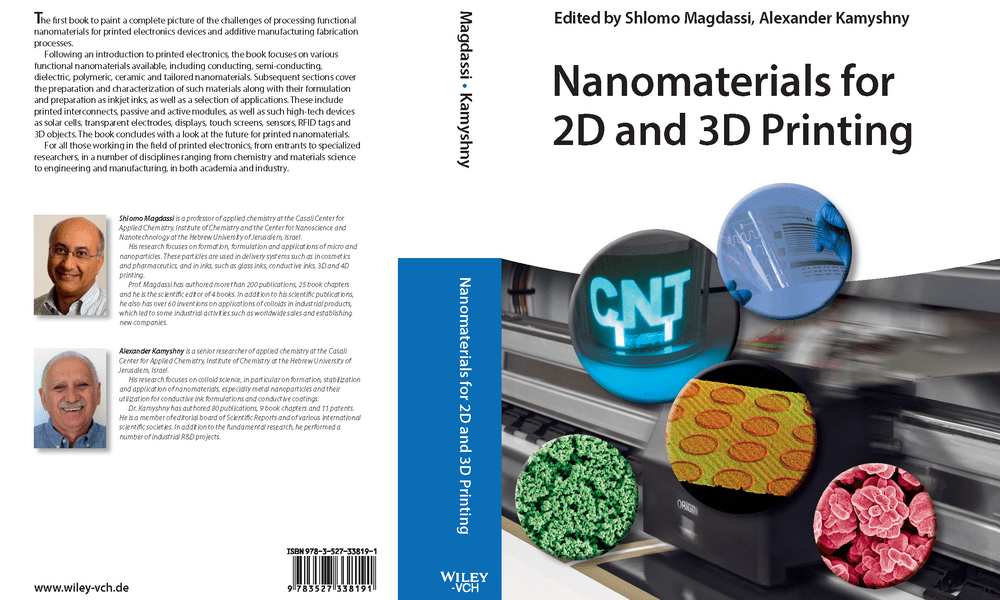
Formation, formulation and applications of micro- and nanoparticles for 2D and 3D printing.
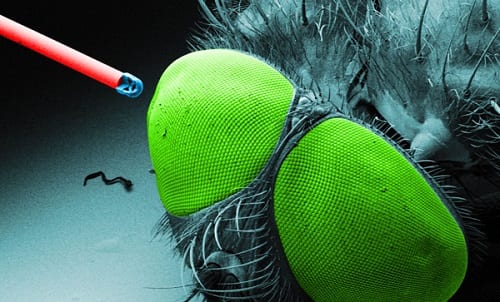
Researchers at University of Stuttgart created optical lenses which are hardly larger than a human hair.